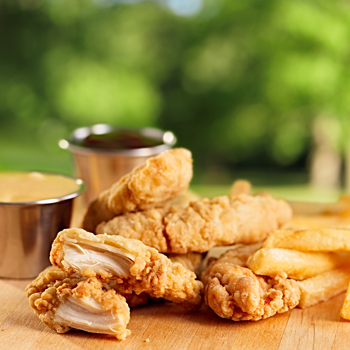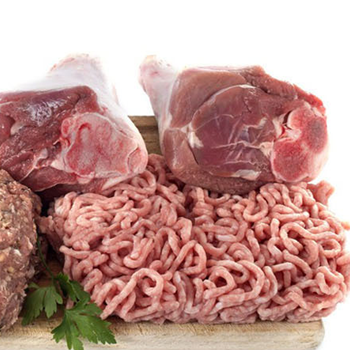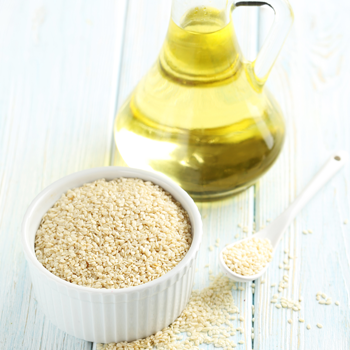เทรนด์ของผลิตภัณฑ์เนื้อสัตว์ สัตว์ปีก และอาหารทะเล
By: Robert Garrison
Sam Gazdziak
bnp Media’s Independent Provisioner.
Editor in Chief, Independent Processor
Editor, National Provisioner
www.provisioneronline.com
ผลิตภัณฑ์เนื้อสัตว์และสัตว์ปีกรูปแบบใหม่ๆ ตอบโจทย์ไลฟ์สไตล์ของผู้บริโภค นำเสนอผลิตภัณฑ์สำหรับอาหารมื้อว่าง พร้อมด้วยกลิ่นรสที่โดนใจ สะดวกต่อการบริโภค และที่สำคัญคือต้องโปร่งใส
แม้ว่าในปี 2560 จะมีประเด็นทางการเมืองที่แสนจะสับสนอลหม่าน และมีเรื่องราวต่างๆ ที่เหนือการคาดเดาเกิดขึ้นในสหรัฐอเมริกาก็ตาม แต่ผู้บริโภคในเมืองลุงแซมก็ยังคงต้องกิน และถ้าหากเป็นไปได้พวกเขาก็ยังคงกิน…กิน…และกิน…ตราบเท่าที่เงินในกระเป๋าจะเอื้ออำนวย และนี่เป็นอีกหนึ่งสัญญาณที่ดีสำหรับอุตสาหกรรมเนื้อสัตว์ ทางองค์การอาหารและยา สหรัฐอเมริกา (USDA) ได้คาดการณ์ว่าการผลิตเนื้อวัวและเนื้อหมูในสหรัฐอเมริกาจะขยายตัวอย่างมั่นคงในช่วงปี 2559-2568 ด้านสภาเนื้อไก่แห่งชาติ (The National Chicken Council) ได้รายงานว่าในปี 2559 ผู้บริโภคสหรัฐอเมริการับประทานเนื้อไก่ประมาณ 92 ปอนด์ ซึ่งมากขึ้นกว่าแต่ก่อน และมีแนวโน้มที่จะบริโภคเพิ่มขึ้นในอนาคต
แล้วผลิตภัณฑ์เนื้อสัตว์ประเภทใดที่จะเป็นที่ต้องการในปี 2560 และปีต่อๆ ไป? จากผลงานวิจัยผู้บริโภคพบว่า ผลิตภัณฑ์เนื้อสัตว์ที่ได้มาจากสัตว์ที่เลี้ยงในทุ่งหญ้าเขียวขจี และเลี้ยงอย่างมีมนุษยธรรมนั้นคือคำตอบ เช่นเดียวกับงานวิจัยของ Innova Market Insights ซึ่งเป็นบริษัทด้านงานวิจัยตลาดและผู้บริโภค ที่ระบุว่า “Clean Supreme” เป็นเทรนด์ท็อปฮิตของผลิตภัณฑ์อาหารเลยทีเดียว
จากการที่เทรนด์ Clean Label มีความเป็นองค์รวมมากขึ้น ได้ส่งผลให้ระบบซัพพลายเชนทั้งระบบต้องการความโปร่งใสเช่นกัน ซัพพลายเชนที่โปร่งใสนี้รวมถึงการเป็นมิตรต่อสิ่งแวดล้อม ซึ่งมีการเติบโตถึงร้อยละ 72 ต่อปี ในช่วงปี 2554-2558 และประเด็นด้านสวัสดิภาพสัตว์ที่เติบโตร้อยละ 45 ต่อปีในช่วงเวลาเดียวกันอีกด้วย
ด้าน Packaged Facts ซึ่งเป็นบริษัทด้านการวิจัยตลาด ก็ได้เล็งเห็นไปในทิศทางเดียวกัน และกล่าวว่ากฎทองกฎใหม่ในอุตสาหกรรมอาหารของสหรัฐอเมริกา คือ “ผู้บริโภคที่ได้รับทราบข้อมูล คือ ผู้บริโภคที่ได้ถูกทำให้เกิดความพึงพอใจ”
New meat and poultry products deliver more snacking, flavor, convenience—and transparency
Regardless of what political turmoil takes place in the country in 2017 and beyond, Americans will continue to eat, and if at all possible, they will continue to eat as well as their budget allows. That appears to be a good sign for the meat industry. The USDA projects that production of beef and pork will expand steadily between 2016 and 2025. The National Chicken Council, meanwhile, reports that consumers are eating more chicken than ever—approximately 92 pounds in 2016, according to USDA estimates—and are planning to increase that consumption in the future.
Just what kind of meat will consumers be eating in 2017 and beyond? According to consumer research, more of it will be grass-fed and humanely raised. Recent research from Innova Market Insights lists “clean supreme” is its top food trend.
Says Innova, “The demand for total transparency now incorporates the entire supply chain, as a clean label positioning becomes more holistic. Trending clean supply chain claims include ‘environmentally friendly,’ which has shown a CAGR [compound annual growth rate] growth of +72% from 2011-2015 and ‘animal welfare,’ which has grown at +45% per year during this period.”
Packaged Facts agrees and says new golden rule in the US food industry is, “An informed consumer is a satisfied consumer.”









